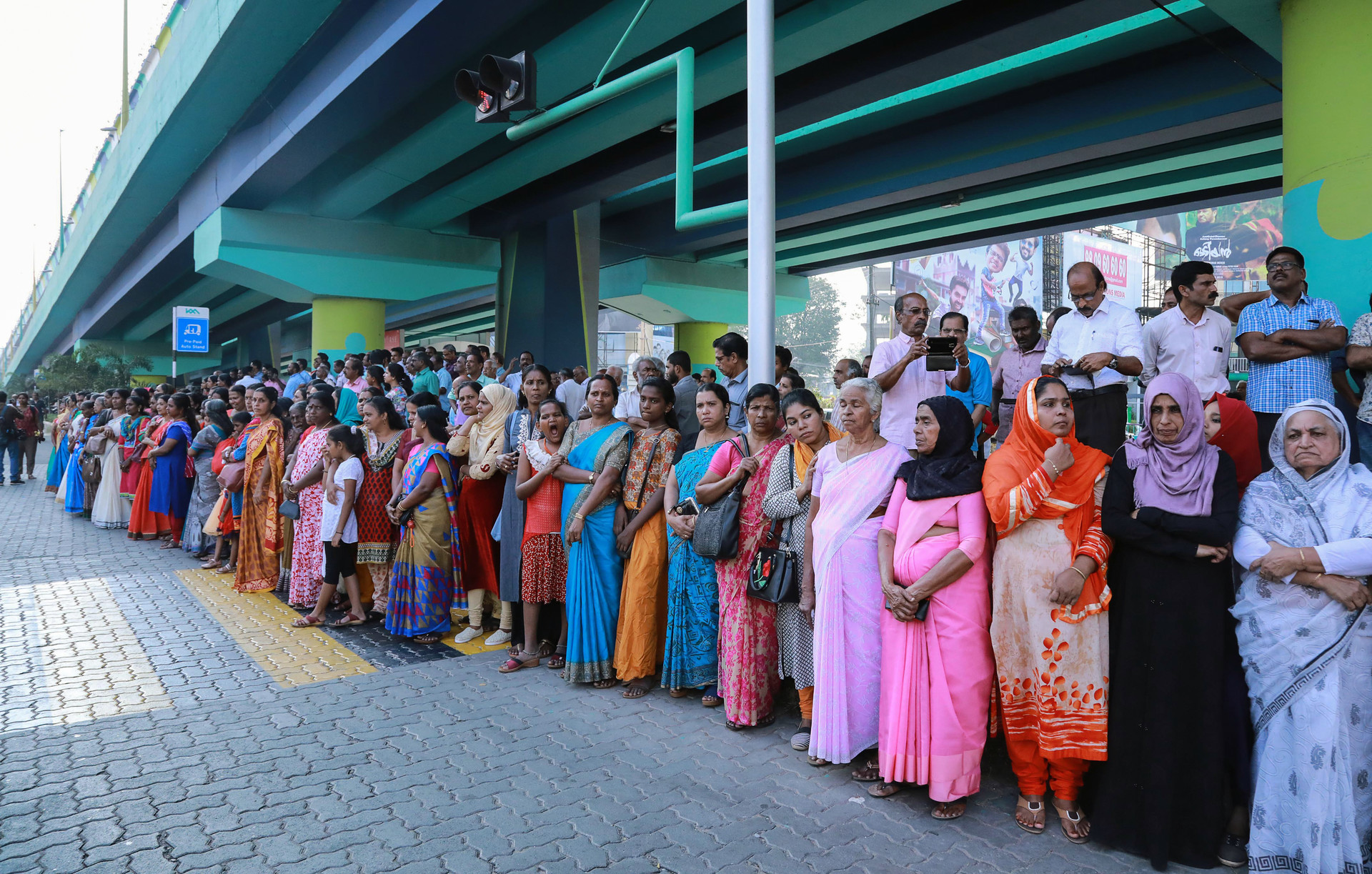Contenidos
Favelas de rio de janeiro peligrosas
Neighborhoods of brazil
By clicking on Subscribe you will choose the content you want to receive in your email and you will be subscribed to our newsletter which you can cancel at any time; don’t forget to check your Spam folder.
BRAZIL – As you walk down Rua Teixera Ribeiro, a commercial avenue in Complexo da Maré, Rio de Janeiro’s largest favela, you hardly notice the drug markets that are out in the open, but protected by teenagers with AK-47 assault rifles.
There are also pet stores with exotic fish, restaurants with better service than most Copacabana bistros and a hipster barbershop with retro decor and lights to set the mood.
The national government also conducts a census; the most recent was in 2010. However, that universal survey consisted of only a few dozen questions. The unofficial census, conducted by Dalcio Marinho, a geographer, and Elisana Sousa Silva, the founder of Redes, had many more and covered 93 percent of Maré’s inhabitants.
Vila cruzeiro
However, research by the Pereira Passos Municipal Institute of Urbanism (IPP) released in January 2009 states that Rio de Janeiro has 968 favelas, representing a growth of three million square meters in a decade.
The term favela originated in Brazil and is applied generically to poor areas in the central-urban space. However, in the 1950s, the Brazilian Institute of Geography and Statistics (IBGE) decided for the first time to include irregular settlements in population censuses, and for this purpose drew up a definition of favela that includes human agglomerations that partially or totally possess the following common characteristics:
Survivors of the War of Canudos.The first humble houses located on hills in the city date back to 1865.[8] However, the first urban agglomerations known as favelas appeared in Rio de Janeiro after the bloody War of Canudos, as well as after the law of the free womb in 1871, when the concentration of former slaves invaded the city after the abolition of slavery. At that time, the city of Rio de Janeiro was filled with former slaves in search of work and a large number of housing complexes began to spring up in the downtown area, which until then was considered the most residential area of the Cariocas, becoming an important labor concentrating sector.
Most dangerous neighborhoods in the world
San Pedro Sula is the city with the most homicides in Honduras, which is also one of the most violent countries in Latin America. In this scenario is Barrio Medina, a town that registers three murders per day, which makes it the most dangerous area in the world. In just 15 streets, the homicides that occur are attributed to Las Maras, as it is known that they charge a fee to the inhabitants to let them live in (relative) peace. Petare, Caracas, Venezuela
The Venezuelan city of Caracas is one of the most dangerous cities in the world and has one of the most criminal neighborhoods in the world. It is also one of the largest favelas in Latin America, which makes it famous, as does the number of murders per week, ranging from 30 to 60, all committed at gunpoint and for reasons related to drug trafficking. Mogadishu, Somalia
This neighborhood on the African continent lives in a constant flurry of violent attacks that highlight the failed state that Somalia represents. Here, tribal groups, Islamic terrorists and war commanders are constantly fighting for power in the neighborhood, which is one of the largest in the country. This situation, coupled with the famine, results in days when the death toll is as high as 470 per day! Vila Cruzeiro, Rio de Janeiro, Brazil
Favelas of rio de janeiro
Whenever I explain to people that my happy place in the world is Rio de Janeiro, most of them look at me as if I am totally crazy: “But aren’t you afraid of living in Rio?”, “What if you get killed?”, “What are favelas? Did you really live in one of them? Are you crazy?”
To understand what favelas are, you have to know that they were born when refugees and former soldiers returning from the bloody war of Canudos (1895 – 1896) in the state of Bahia, occupied a hilly free land in the city of Rio de Janeiro. At the end of the war, the government stopped paying the former soldiers who survived the war and did not even give them a home to stay and live in.
The favela was a strategic place to live for the freed blacks who lived in the morro, as it was located close to their workplaces. The favelas in the southern part of Rio de Janeiro, in fact, are located on the hills right next to the richest and most beautiful buildings in the city (Copacabana, Ipanema and Leblon). So at that time the favela dwellers worked for the rich families in the south zone receiving very little money in return. And today things have not changed much.







